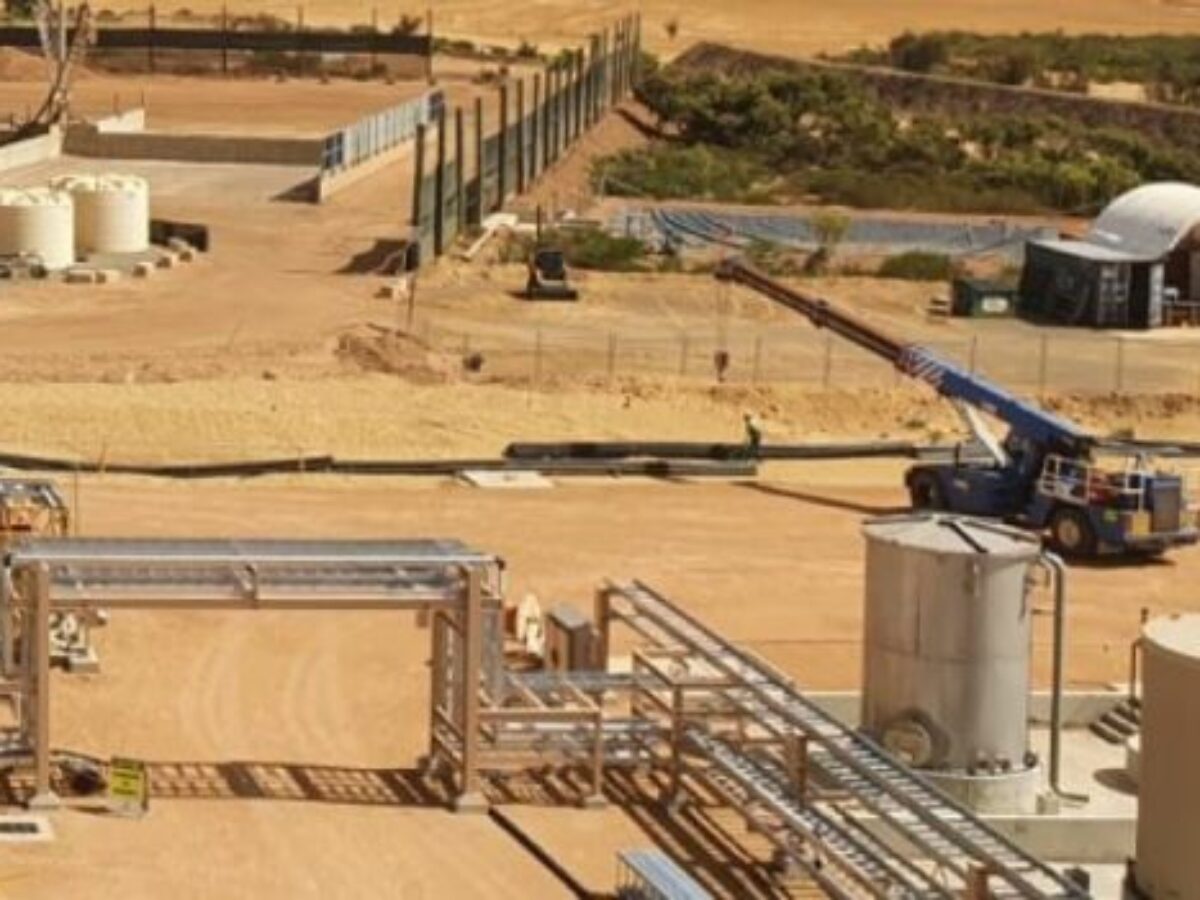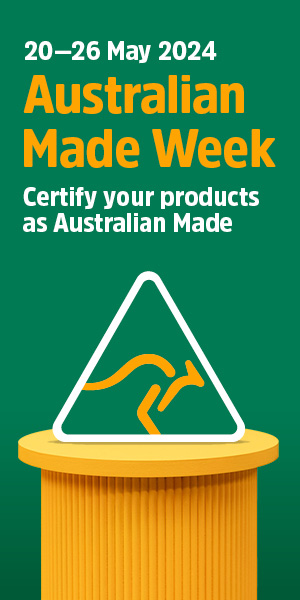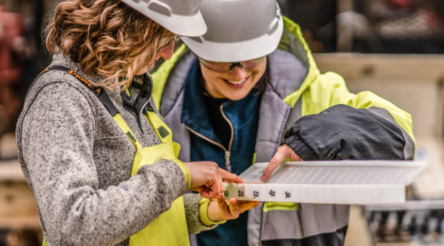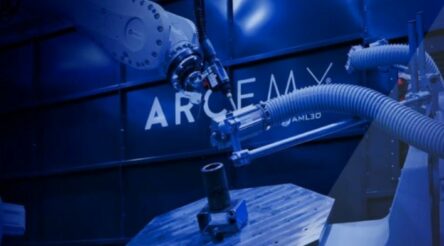Produce rare earth metals, don’t just export ore – Iluka Resources MD

The head of the company developing Australia’s first rare earths metals refinery has urged companies to produce high value rare earth metals locally rather than exporting ores overseas.
Managing Director and Chief Executive Officer of Iluka Resources Tom O’Leary told the company’s annual general meeting that the key Australian rare earth resources – neodymium, praseodymium, dysprosium and terbium – were essential to produce high strength permanent magnets needed to make electric motors used in electric vehicles, as well as in wind turbines and in defence applications.
O’Leary said: “We have a once in a generation opportunity to use that influence to pursue downstream industries and lift our sights beyond the mere extraction, and even the refining of minerals.
“Taking the further step to rare earth metallisation would represent a crucial gateway step to the potential manufacture of rare earth magnets in future.”
O’Leary, whose company has received a $1.25 billion federal government loan through the Critical Minerals Facility to build a rare earths refinery at Eneabba in Western Australia, said Australia had missed an opportunity in the 1960s and 1970s to establish lasting value addition in the Australian economy alongside the birth of the iron ore industry.
“We have now arrived at a similar historic moment for critical minerals, with the prospect of seeding the advanced manufacturing industries that will have increased longevity and strategic importance, and which could help underpin Australia’s security and prosperity in the century ahead.
“Insofar as rare earths are concerned, our ambition should not be limited to being the quarry of others – refining, metallising and eventually magnetising these key products for ourselves and our international partners that need them is a rational and, with appropriate policy settings and commitment, an achievable ambition.
“Some argue this is unrealistic, citing the historical challenges of establishing heavy industry in an environment where Australia’s proposed customers were already well established and dominant incumbents.
“The context of Australia’s rare earths opportunity is different – among allies and likeminded nations, key links in the value chain downstream of rare earth oxides have not been widely established.”
Iluka plans to reprocess its one million tonne stockpile of mine wastes created thorough processing mineral sands for zircon at Eneabba.
China dominates rare earths production, leading western nations to work to onshore key elements of the rare earths value chain, with limited results in Australia.
Australia is the home of the biggest rare earths producer outside China, Lynas Rare Earths, but the company chose to build its advanced metals facility in Malaysia.
While Lynas is constructing some further processing facilities in Kalgoorlie to process its ores, the other company developing a rare earths supply chain, Australian Strategic Materials raised $65 million in 2021 to advance its Dubbo, NSW rare earths project and construct a 5,200 tonne per annum metals plant that is now operational in the Ochang Foreign Investment Zone in Korea.
O’Leary told the AGM that the opportunity to establish downstream processing of rare earths in Australia was enormous.
He said exporting rare earths feedstocks unrefined, would only serve to strengthen the industry’s existing major players, contrary to our policy objectives, particularly for heavy rare earths.
“There are some who advocate a phased approach whereby unrefined concentrates are exported initially, with a refinery to be established at some vague point in the future, when cashflows and other circumstances allow.
“History shows the second phase remains conspicuous by its absence, and exports of unrefined concentrates continue, while downstream incumbents offshore keep getting stronger.
“Similarly, if other countries establish metallisation capability with speed to market, and Australia does not, it is those nations that will inevitably be the destination of investment to develop magnet industries.”
O’Leary said the Eneabba refinery would produce separated neodymium, praseodymium, dysprosium and terbium, with the latter two heavy rare earth oxides a key competitive advantage for Iluka and for Australia over other sources of Western world supply.
“Remember – China at present accounts for practically all the world’s dysprosium and terbium oxide production, including that which it sources from Myanmar.
“Iluka’s internal feedstocks for Eneabba include our unique rare earths stockpile, our Wimmera development in Western Victoria and our Balranald development in New South Wales.
“All of the operations and projects in the company’s portfolio will contribute rare earth feedstocks to the refinery.”
In addition, Iluka has concluded an agreement with Northern Minerals for the future supply of concentrate from its planned rare earths mine at Browns Range in the Eastern Kimberley.
Further reading:
Iluka Resources plans Australia’s first rare earths refinery
ASM sells magnet metals from its metals plant
Lynas gets reprieve from closure of Malaysian rare earths plant
Picture: Government of Western Australia/Eneabba refinery
@aumanufacturing Sections
Analysis and Commentary Awards Defence Manufacturing News Podcast Technology Videos










